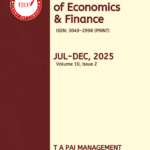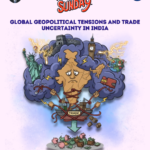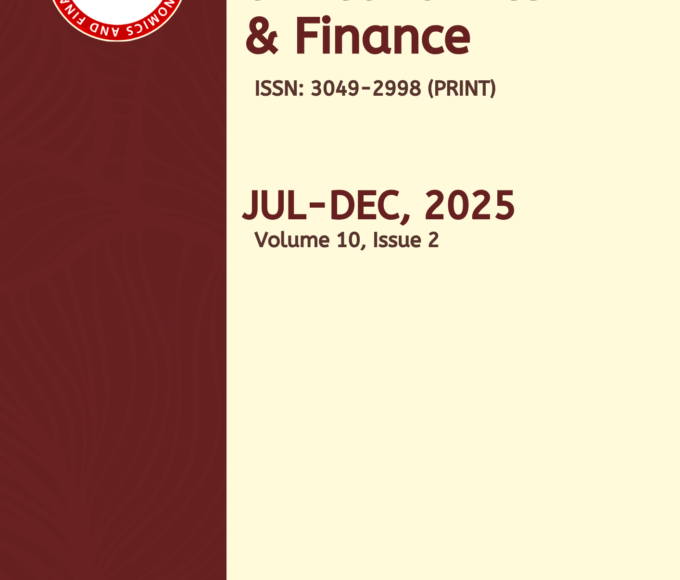January 2021, Volume 5, Issue No.1
The pandemic has wreaked havoc on the Indian economy with the gross domestic product contracting by 23.9 per cent in the April-June quarter of 2020. The country had already been burdened by the declining consumer demand and investment. Currently, amidst the global recession and pandemic, there is a dire need for economic reforms in our country.
The banking sector is the backbone of Indian economy as it facilitates capital formation and it has been impacted in various ways by the pandemic. The sector faced business continuity as well as operational issues. But they have taken steps to minimise the impact so that their short-term profitability is unaffected. In its recent report on the trends and progress of banking in India for FY 20, RBI states that the improvement in the health of the banking sector hinges around the pace and shape of economic recovery.
As per the RBI report, The GNPA ratio of banks declined from 9.1 percent at the end of March 2019 to 8.2 percent by the end of March 2020 and further to 7.5 percent at the end September of 2020. Scheduled commercial Banks (SCB) have earned a net profit in FY20 after incurring losses in the previous 2 years. This is a positive sign which can be attributed to the various steps taken by RBI to boost the pandemic-stricken economy. It acted swiftly with aggressive policy rate cuts, moratorium and time-bound resolution for specified sectors, massive system-level and targeted liquidity infusion.
The MSME sector which is the largest employment provider in the country has been the worst hit by the pandemic. The sector suffered from liquidity crisis, labour-shortages, supply shocks, high default risks and non-payment of dues. Since the sector employs nearly 40% of the country’s population, the persisting problem is more than an economic problem.
Government has come up with schemes such as Emergency Credit Line Guarantee (ECLG) scheme to improve credit absorption by the sector. Since MSME sector is inherently a dynamic sector, the recovery of the sector depends upon how efficiently they scale and diversify upon getting credit access. Their dynamism can rise manifold if provided with the necessary infrastructure in terms of electricity, transportation etc…
Since India is currently focussing on economic recovery, TJEF has decided to focus on the 2 sectors that contribute most to the Indian economy, i.e. banking and MSME sector. This edition of the journal covers the factors affecting the profitability of banks and how the MSME sector can recover from the current economic crisis.
On behalf of the TJEF editorial board, I would like to appreciate the sincere efforts put in by all the authors who wrote for us. I hope the readers find these research papers insightful.
Happy Reading !!
Managing Editor – Taniya John
Here is the PDF version of Volume 5 Issue 1:




















Leave a comment